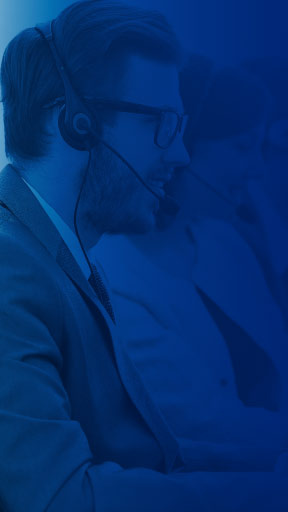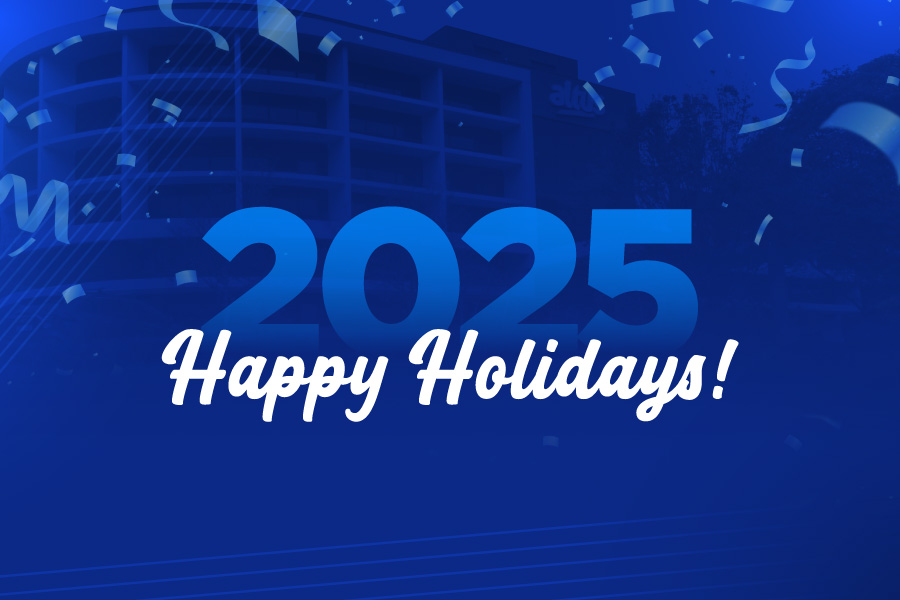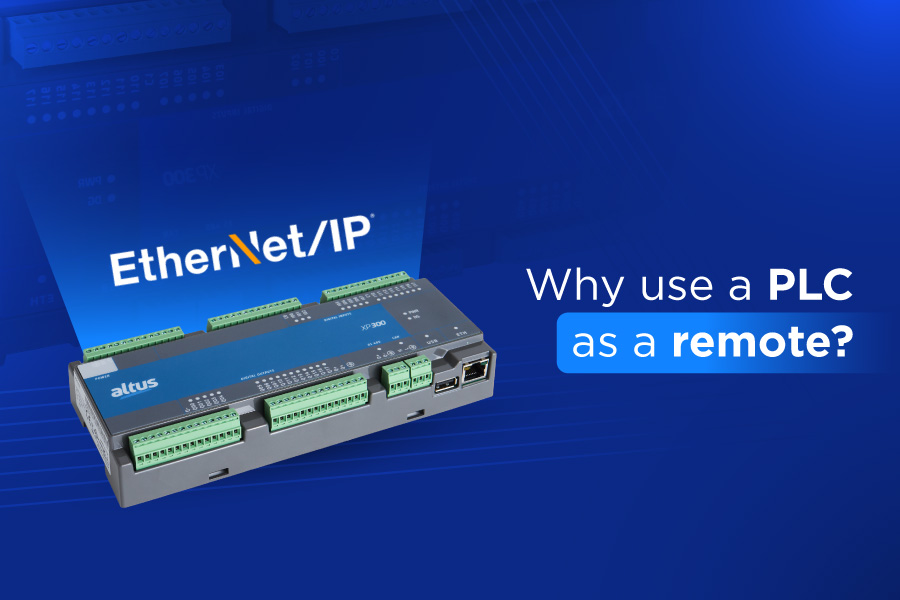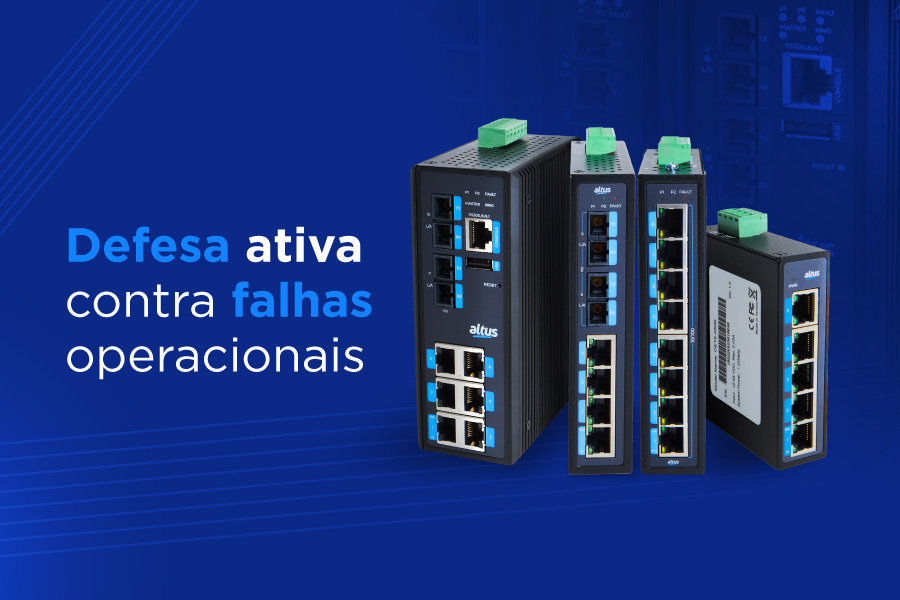As already mentioned here on the Blogin various materials about Industry 4.0, the emergence of more complex products, with advanced intelligence and high connectivity have led to the reinvention of global industry. This change opens up space for the most diverse types of configurations and technologies. Edge Computing, the subject of today's article, is an example of a system that promises to reduce information delay, store data and reproduce it on users' own devices.
What is Edge Computing?
Edge Computing (EC) can be considered the evolution of the current data storage system, Cloud Computing (CC), where information is placed in a cloud. The EC is made up of different data centers that transfer information processing closer to the user.
In other words, instead of storing all customer data in a cloud that may be many kilometers away, it is hosted on the devices themselves, reducing information delays.
In this way, Edge Computing serves as a “mini-cloud” that holds data, allowing its processing to be carried out more quickly, sending less information to the main data center.
EC also serves to technology transformation by developing new products that are related, in some way, to Artificial Intelligence and IoT universe, promoting greater speed and interactivity for users. Data latency, that is, the response delay, also decreases in this system model.
What is the relationship with Cloud Computing?
By gathering information on devices that are in direct contact with the user, Edge Computing becomes a complement to Cloud Computing, a system that collects information in a data center far from the user.
EC can be either a replacement for CC, meaning that data is only stored on the device, avoiding a lot of processing and latency, or a complement to the CC experience, ensuring that information is updated over time.
What are the examples?
The augmented and virtual, self-driving cars, smart factories, smart cities, security cameras facial recognition systems and other everyday products that have connectivity are some examples of concepts benefiting from Edge Computing.
When using these technologies, it is common to encounter slowness and delays in processing, which complicates and disrupts the user experience. Edge Computing appears as a solution to the problem of devices that require agile, fast and error-free responses.
EC also enables the analysis and aggregation of local data, making decision-making immediate, as well as reducing the risk of exposing sensitive data, as it stores it locally.
This is also beneficial for companies, which now have greater control over the spread of information. In addition to maintaining the database local, regional installations can operate independently, even if the main installation is interrupted.
But, after all, what is Edge Computing good for?
EC becomes important for different sectors and social classes. For end users, it offers a faster and more consistent virtual experience. For companies, it improves the availability of monitoring, provides more security, less risks and faster operation .
In the security sector, for example, the speed of facial recognition and the response of cameras and motion and smoke sensors means that emergency services are activated more quickly, reducing the risks of a possible disaster .
In the retail sector, the application of CE resources increases the ability to collect information about specific stores, in addition to improving the understanding of buyer habits and profiles.
It is increasingly necessary to observe the development of technology and the way in which it proposes an improvement in the conditions of use and maintenance of devices. In this way, Edge Computing represents a very relevant solution to the limitations that Cloud Computing can present.












